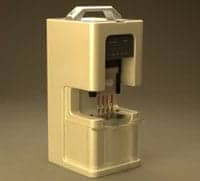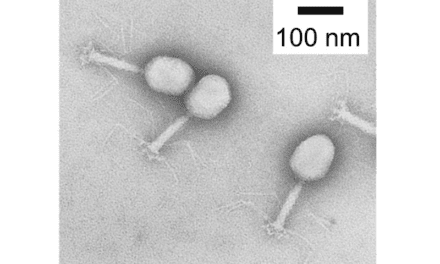
Engineers from the University of Washington and NanoFacture, Bellevue, Wash, say they have created a device that can extract human DNA from fluid samples in a simpler, more efficient and environmentally friendly way than conventional methods.
The device will give hospitals and research labs a much easier way to separate DNA from human fluid samples, which will help with genome sequencing, disease diagnosis, and forensic investigations, according to the collaborators.
“It’s very complex to extract DNA,” says Jae-Hyun Chung, PhD, a UW associate professor of mechanical engineering who led the research. “When you think of the current procedure, the equivalent is like collecting human hairs using a construction crane.”
This technology aims to clear those hurdles. The small, box-shaped kit is ready for manufacturing, then eventual distribution to hospitals and clinics. NanoFacture, a UW spinout company, recently signed a contract with Korean manufacturer KNR Systems.
Separating DNA from bodily fluids is a cumbersome process that’s become a bottleneck as scientists make advances in genome sequencing, particularly for disease prevention and treatment. The market for DNA preparation alone is about $3 billion each year.
Conventional methods use a centrifuge to spin and separate DNA molecules or strain them from a fluid sample with a microfilter, but these processes take 20 to 30 minutes to complete and can require excessive toxic chemicals.
UW engineers designed microscopic probes that dip into a fluid sample—saliva, sputum, or blood—and apply an electric field within the liquid. That draws particles to concentrate around the surface of the tiny probe. Larger particles hit the tip and swerve away, but DNA-sized molecules stick to the probe and are trapped on the surface. It takes 2 or 3 minutes to separate and purify DNA using this technology.
“This simple process removes all the steps of conventional methods,” Chung says.
The handheld device can clean four separate human fluid samples at once, but the technology can be scaled up to prepare 96 samples at a time, which is standard for large-scale handling.
Click here to read more and see a demo.
[Source: University of Washington]





